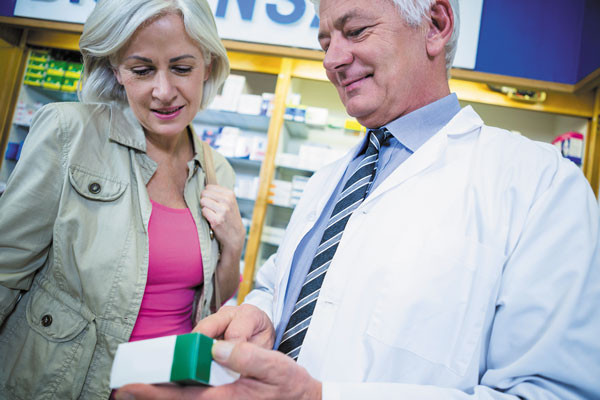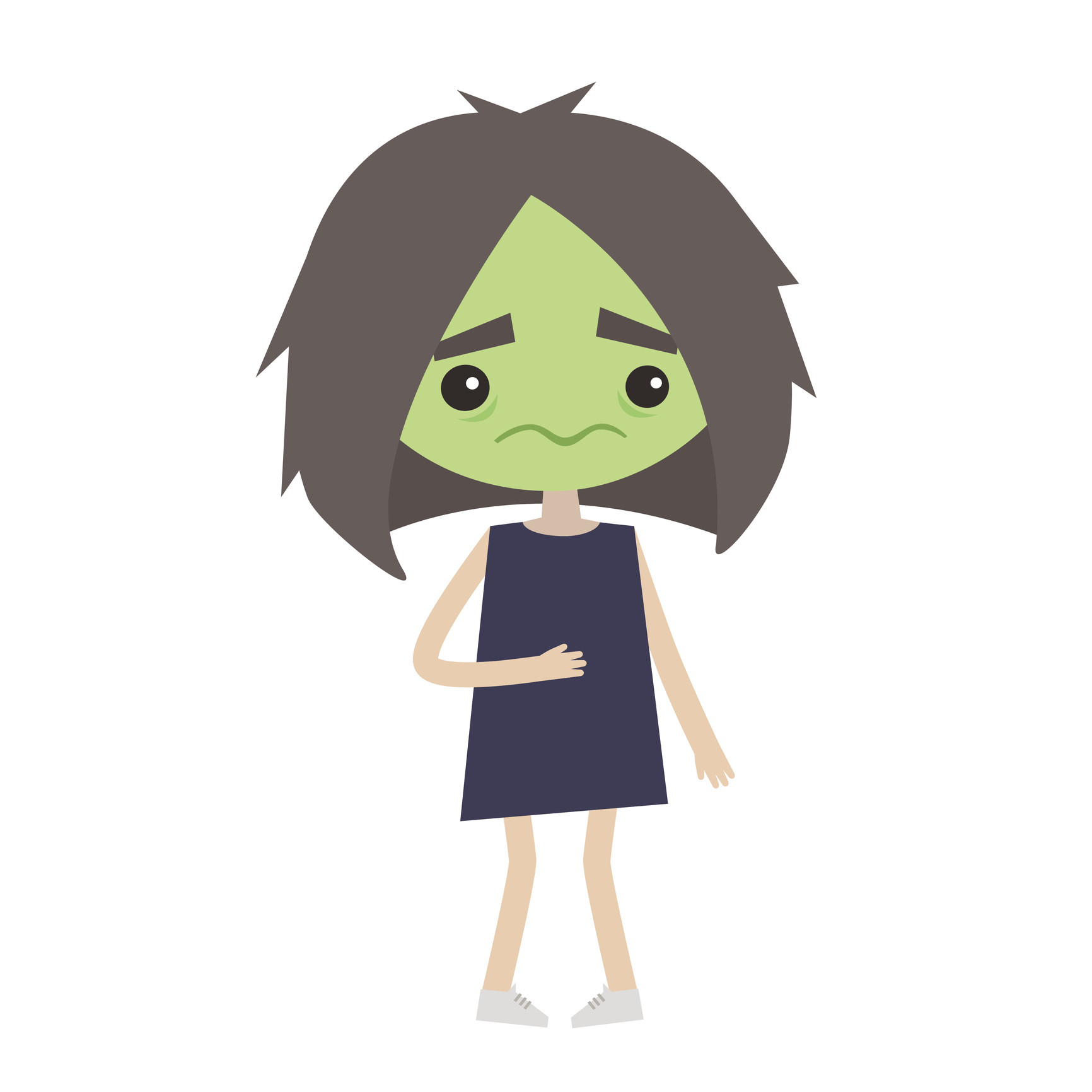
5 timeless habits for better health

What are the symptoms of prostate cancer?

Is your breakfast cereal healthy?

When pain signals an emergency: Symptoms you should never ignore

Does exercise give you energy?

Acupuncture for pain relief: How it works and what to expect

How to avoid jet lag: Tips for staying alert when you travel

Biofeedback therapy: How it works and how it can help relieve pain

Best vitamins and minerals for energy

Should you take probiotics with antibiotics?
Staying Healthy Archive
Articles
What is in a food label? You may be surprised
Terms like "healthy" or "natural" can be meaningless or misleading.
Image: Dragon Images/iStock
If you're like most nutrition-minded shoppers, the word "healthy" on the front of a package can be a big draw. "When you're stuck in a situation where processed foods are the only thing available to you, it can be helpful to know which foods are healthier than others," says Dr. Walter Willett, chair of the Department of Nutrition at the Harvard T.H. Chan School of Public Health.
Yet these days you're on shaky nutritional ground if you rely on front-of-package claims like "healthy" to determine which soup, sauce, cereal—or other canned, bottled, boxed, or bagged food—is the best choice. A food marked "healthy" may be loaded with sugar or refined carbohydrates.
Find your exercise fit!
Figuring out the exercise style that best suits your needs will help you stick to a plan.
Image: © iStock
Making a plan to get regular exercise can be challenging. There are many options, and you may not be sure how to narrow them down. "The result may be that you put off exercising," says Madhuri Kale, a physical therapist at Harvard-affiliated Brigham and Women's Hospital.
It helps to know the basic categories of activity you can choose from: exercise classes, gym workouts, home workouts, and vigorous work or recreational activity. Here are some pros and cons to consider for each.
6 ways to stay on your medication plan
Take control by using helpful gadgets and talking to your doctor about reducing your medications.
Image: © Wavebreakmedia/Thinkstock
There are many reasons why people are unable to stick to a medication regimen prescribed by a doctor, such as high costs or drug side effects. Often, those issues can be resolved by asking your doctor if a switch to another drug will help.
Another reason for what doctors call "non-adherence": too many pills and confusion about taking them. "It is a bigger problem than organization, and not always the patient's fault. Often providers write too many prescriptions without explaining them, or create a complicated schedule," says Dr. Sarah Berry, a geriatrician and assistant professor at Harvard Medical School.
Rx for longer life: Maintain healthy habits
It appears that the risk of an early death falls with each additional healthy lifestyle behavior that is maintained, even in people who are overweight.
Is health anxiety linked to heart disease?
It appears that health anxiety may be associated with a greater risk for developing heart disease.
Emergencies and First Aid - Bleeding
Bleeding
While a minor cut will eventually stop bleeding, a severe injury may require elevation and direct pressure on the wound. The goals of first-aid treatment are to control bleeding and prevent infection. If disposable surgical gloves are readily available, use them.
Direct Pressure for Bleeding and Pressure Points for Bleeding
Emergencies and First Aid - Birth of the Placenta
Birth of the Placenta
The placenta, which has provided the fetus with nourishment, is attached to the umbilical cord and is delivered about 20 minutes after the baby. Do not pull on the cord; delivery of the placenta occurs on its own. You can help by gently massaging the womans lower abdomen. The uterus will feel like a hard round mass.
Massaging the abdomen helps the uterus contract, which also helps stop bleeding. After the placenta is delivered, place it in a plastic bag to take with the woman and baby to the hospital. It is normal for more bleeding to occur after delivery of the placenta. Continue gently massaging the womans lower abdomen.
Emergencies and First Aid - Butterfly Bandage
Butterfly Bandage
| ||
Emergencies and First Aid - Direct Pressure to Stop Bleeding
Direct Pressure to Stop Bleeding
A wound that is deep, bleeding heavily, or has blood spurting from it (caused by bleeding from an artery), may not clot and may not stop bleeding.
Immediate care
Call out for someone to get help, or call 911 yourself. Elevate the wound and apply direct pressure.

5 timeless habits for better health

What are the symptoms of prostate cancer?

Is your breakfast cereal healthy?

When pain signals an emergency: Symptoms you should never ignore

Does exercise give you energy?

Acupuncture for pain relief: How it works and what to expect

How to avoid jet lag: Tips for staying alert when you travel

Biofeedback therapy: How it works and how it can help relieve pain

Best vitamins and minerals for energy

Should you take probiotics with antibiotics?
Free Healthbeat Signup
Get the latest in health news delivered to your inbox!
Sign Up







